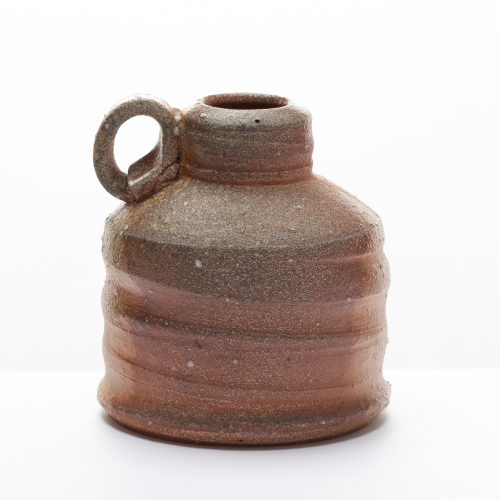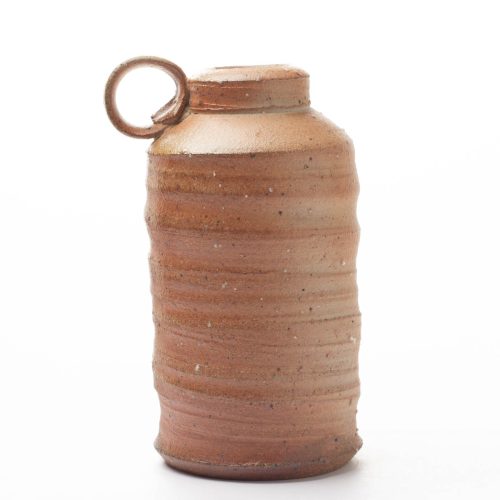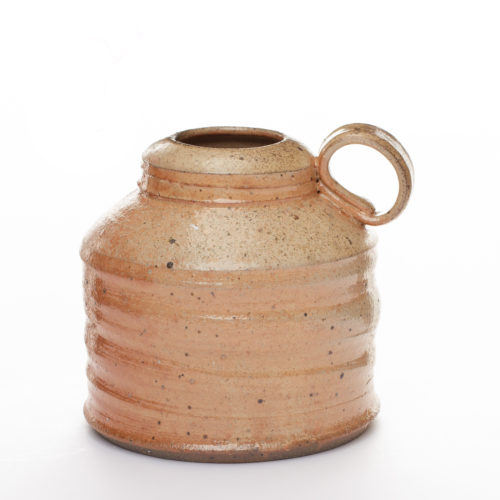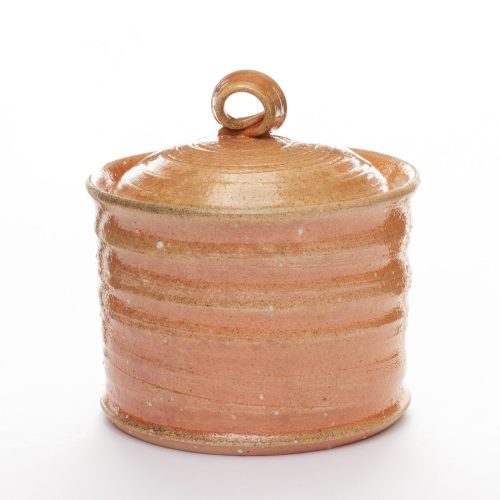We use cookies to help you navigate efficiently and perform certain functions. You will find detailed information about all cookies under each consent category below.
The cookies that are categorized as "Necessary" are stored on your browser as they are essential for enabling the basic functionalities of the site. ...
Necessary cookies are required to enable the basic features of this site, such as providing secure log-in or adjusting your consent preferences. These cookies do not store any personally identifiable data.
Functional cookies help perform certain functionalities like sharing the content of the website on social media platforms, collecting feedback, and other third-party features.
Analytical cookies are used to understand how visitors interact with the website. These cookies help provide information on metrics such as the number of visitors, bounce rate, traffic source, etc.
Performance cookies are used to understand and analyze the key performance indexes of the website which helps in delivering a better user experience for the visitors.
Advertisement cookies are used to provide visitors with customized advertisements based on the pages you visited previously and to analyze the effectiveness of the ad campaigns.
The functional wheel-thrown pots that Carl creates are modest but highly considered and precisely made, sometimes altered when wet, often with spontaneous, energetic surface marks. Everything is conceived in the knowledge that his work will be wood-fired. Form is simple as complex surfaces can develop, flame and ash painting the work. He uses his own blend of low iron clays/slips which respond to the atmospheric conditions in the kiln. Sustainability is important and Carl uses found materials to make glazes and waste wood as fuel.
Pots are made in his Mansfield studio and Newark College where Carl teaches ceramics. His kiln site is at Hill Holt Wood, nestled between Newark and Lincoln, where he has a cross draft kiln inspired by John Theis’ Manabigamma kiln. Carl also helps to fire the anagama kiln at Loughborough University where he studied for an MA in Ceramics.
Carl has had a love of clay for as long as he can remember and enjoys letting this unique material speak for itself in the things that he makes. The tensions that arise from contrasts interest him and often appear in his work, be they contrasts of the angular and round, smooth and rough, controlled or spontaneous.
“I hope that each piece of my work intrigues the beholder enough for them to want to read its story.”

PRODUCT CODE:CG527Y17

PRODUCT CODE:CG527Y1

PRODUCT CODE:CG527Y45

PRODUCT CODE:CG527Y36